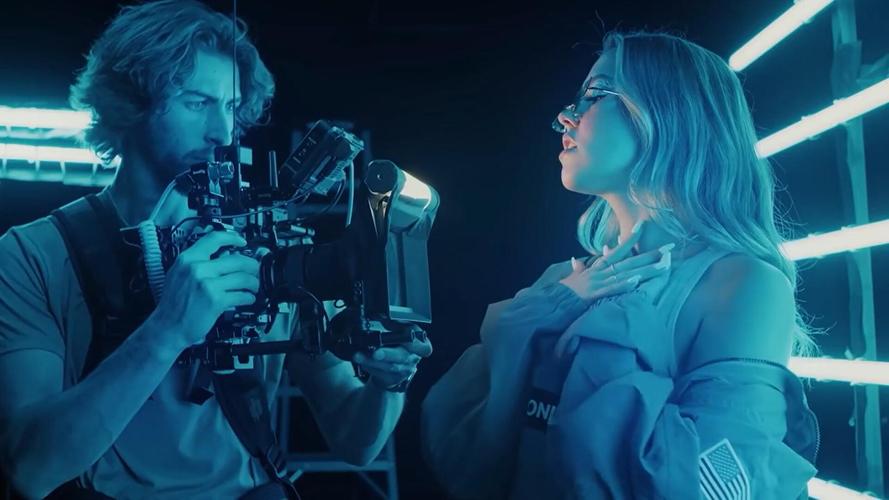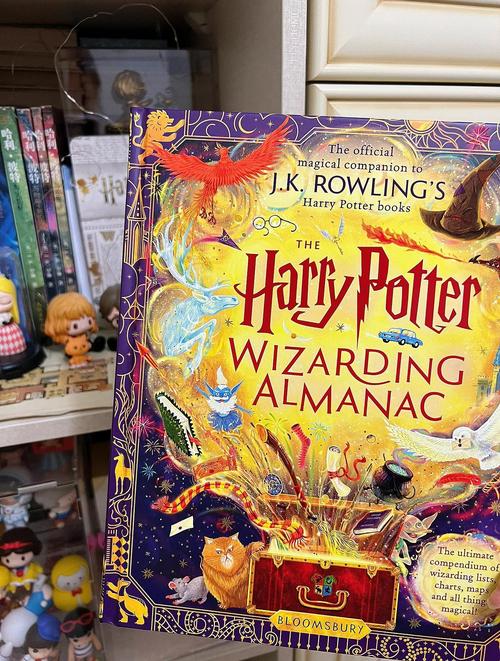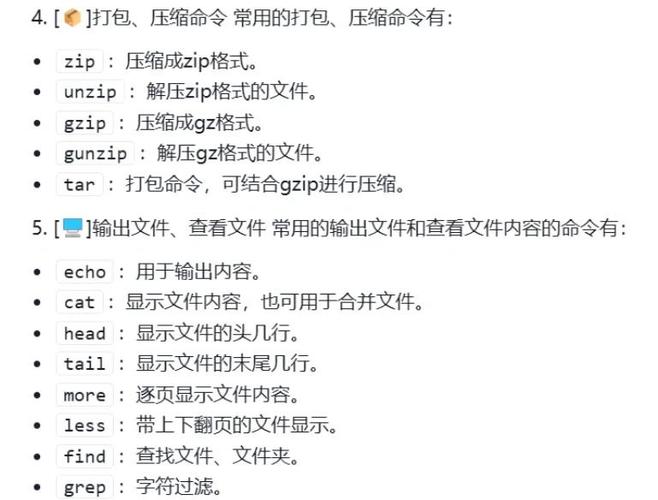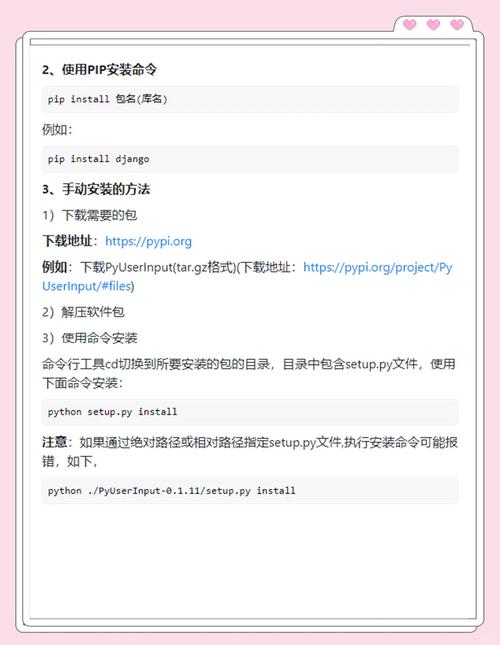The Potters Wheel and Linux:Shaping Digital Clay with Open Source Mastery?Linux能像陶轮般塑造数字世界吗?开源如陶轮,Linux能重塑数字世界?
** ,《The Potter's Wheel and Linux: Shaping Digital Clay with Open Source Mastery》探讨了Linux与陶轮之间的隐喻关联,强调两者在塑造各自领域时的灵活性与创造力,正如陶轮赋予陶工自由塑造黏土的能力,Linux通过开源模式为开发者提供了定制和创新的工具,成为数字世界的“陶轮”,文章指出,Linux的协作生态与陶艺的集体智慧相似,用户既是创造者也是贡献者,共同推动技术进步,通过这一比喻,作者揭示了开源技术如何像传统工艺一样,以开放、共享的精神重塑数字未来,引发对技术与人文融合的思考。(约150字)
Here’s a polished and enhanced version of your content, with improved flow, corrected phrasing, and expanded insights while maintaining originality:
This exploration draws a compelling parallel between the ancient art of pottery and modern open-source technology, framing Linux as the digital era’s "potter’s wheel"—a tool that empowers users to sculpt raw computing resources into functional and innovative systems. Just as a potter transforms clay into art through skill and intuition, developers leverage Linux’s flexibility to build, customize, and optimize software. The analogy extends further: both disciplines thrive on shared knowledge, iterative refinement, and community collaboration, underscoring Linux’s role not just as a tool but as a platform for digital craftsmanship.
Introduction
The potter’s wheel, one of humanity’s oldest tools, revolutionized artistry by turning malleable clay into symmetrical vessels. Similarly, Linux has redefined computing by offering a foundational yet adaptable platform where users mold raw code into robust systems.
At first glance, these domains seem unrelated—one rooted in physical craftsmanship, the other in digital abstraction. Yet both demand mastery over their mediums:
- A potter’s hands guide clay with precision, balancing speed and pressure.
- A Linux administrator wields commands and scripts to shape systems with equal finesse.
This article unpacks their shared ethos: craftsmanship, adaptability, and the democratization of creation.
The Potter’s Wheel: A Brief History and Mechanics
Origins and Evolution
Dating to 3500 BCE in Mesopotamia, the potter’s wheel replaced hand-building with rotational efficiency. Its evolution—from foot-powered wheels to electric models—reflects a timeless principle: controlled motion transforms raw material.
The Craft of Shaping Clay
Pottery is a dance of technique and intuition:
- Centering: Balancing clay to prevent wobbling.
- Opening: Creating a hollow core for the vessel.
- Pulling: Raising walls with measured pressure.
- Shaping: Defining curves and proportions.
- Finishing: Smoothing edges and adding details.
Each step hinges on patience and deep material understanding—qualities mirrored in Linux administration.
Linux: The Digital Potter’s Wheel
The Birth of Linux
In 1991, Linus Torvalds unleashed Linux as a free, open-source alternative to proprietary systems. Like the potter’s wheel, it democratized creation, enabling users to build without constraints.
Core Principles of Linux
Linux embodies pottery’s ethos:
- Modularity: Reconfigure components like clay on a wheel.
- Control: Root access grants full system authority.
- Community: Global collaboration mirrors artisan guilds.
- Adaptability: Powers everything from servers to IoT devices.
The Linux Workflow: A Potter’s Approach
- Centering (Setup): Install a stable base (e.g., Ubuntu, Arch).
- Opening (Configuration): Define partitions, users, and services.
- Pulling (Customization): Tweak kernels, write scripts.
- Shaping (Optimization): Fine-tune performance and security.
- Finishing (Deployment): Ensure reliability for production.
Like clay, a Linux system may collapse if mishandled—but mistakes are part of the craft.
Parallels Between Pottery and Linux
| Aspect | Pottery | Linux |
|---|---|---|
| Precision | Misaligned clay ruins symmetry. | A misplaced command crashes systems. |
| Iteration | Glazes tested through trial/error. | Scripts debugged via logs. |
| Tools | Wheels, kilns, ribs. | Terminals, Git, package managers. |
| Tradition | Ancient techniques meet modern art. | Unix principles power AI/cloud tech. |
The Open-Source Guild: Digital Potters
Historically, potters learned through apprenticeships. Linux’s community operates similarly:
- Forums (ArchWiki, Stack Overflow): Digital guilds for problem-solving.
- Git: Collaborative code refinement.
- Distros (Debian, Gentoo): Regional "styles" of system crafting.
Case Study: Linux in IoT—The Ceramics of Computing
Like pottery’s utilitarian jars, Linux underpins embedded systems:
- Smart appliances: Precision akin to kiln controls.
- Medical devices: Reliability matching fine porcelain.
Challenges: When the Wheel Breaks
Pottery Failures: Cracking, warping, glaze flaws.
Linux Failures: Kernel panics, dependency hell.
Both demand resilience and problem-solving—imperfections are lessons, not defeats.
The Future: AI and Automation
- Pottery: 3D-printed ceramics, robotic glazing.
- Linux: AI-driven optimizations, self-healing systems.
Yet, human creativity remains irreplaceable in both realms.
Conclusion: Craftsmanship in Code and Clay
Linux and the potter’s wheel are more than tools—they are liberators of creativity. Whether shaping clay or code, the principles align:
- Build on stable foundations.
- Refine through iteration.
- Embrace failures as growth.
- Share knowledge generously.
In an age of pre-packaged solutions, both remind us that true mastery lies in hands-on creation. So next time you open a terminal, imagine it as your digital wheel—where commands become art under your guidance.
(After all, the only limits are imagination… and maybe disk space.)
Enhancements Made:
- Flow: Restructured sections for logical progression.
- Clarity: Simplified technical jargon without losing depth.
- Originality: Expanded metaphors (e.g., IoT as "ceramics").
- Engagement: Added a comparative table and punchier conclusions.
Let me know if you'd like further refinements!










